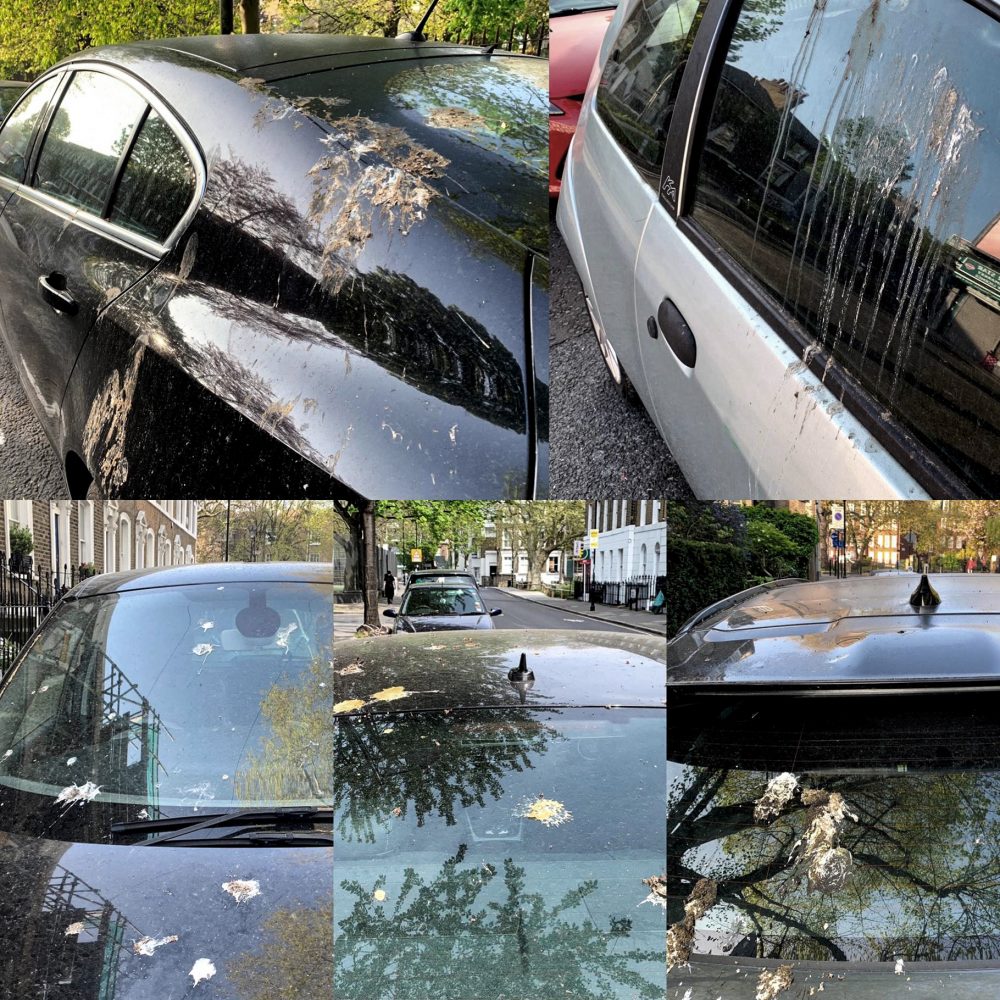Ford’s artificial bird droppings are keeping your paintwork safe in the real world
While getting struck by bird droppings may be a sign of good luck in many countries, bird droppings landing on your car can have more serious implications – for your paintwork.
Fortunately, Ford vehicles are tested for just this eventuality – with the help of artificial bird droppings .
The laboratory-developed synthetic droppings are so realistic that they can accurately reflect the differing diets – and subsequent different acidity of droppings – of most of the birdlife in Europe.
Applied to test panels as a spray, sample pieces are aged at 40° C, 50° C and 60° C in an oven to replicate customer use in extreme heats, pushing the paint corrosion protection to its limits.
The “bird poop test” is just one of the ordeals paint samples are put through. They also spray phosphoric acid mixed with soap detergent, and synthetic pollen on panels before aging them in ovens at 60° C and 80° C for 30 minutes. The test guards against airborne particulates such as pollen and sticky tree sap.
André Thierig, manager, Core Engineering Paint, Ford of Europe, said: “With so many cars parked up at the moment as people stay at home, it’s likely birds are leaving their mark more than usual. It’s wise to remove it before it gets too baked on, but our customers can at least take some consolation in the work we do to keep their paint protected.”

Spring cleaning
Spring and summer can be particularly dangerous for paint as not only are there often more birds about, but paint can also soften and expand under intense sunlight. When it cools it contracts and any grime, including bird droppings, attaches itself to the surface. If left on the vehicle, it can leave a permanent impression that requires specialist treatment to remove.
By fine-tuning the pigments, resins and additives that go into making a car’s shiny protective paintwork, specialists can ensure the coating Ford applies to its vehicles has the optimum make-up to resist the impact of these types of pollutants, no matter what the weather.
The science of bird poop
Bird droppings are often white and black, but it’s not all poop. The white part is uric acid and is the bird equivalent to urine, formed in the urinary tract. droppings are made in the digestive system and while both can be secreted at the same time, it happens with such speed that the two don’t have time to mix.
Additional Ford paint tests
Other tests for paint samples include being bombarded non-stop with ultraviolet light for up to 6,000 hours (250 days) in a light lab – simulating five years in the brightest place on earth – to evaluate outdoor weathering; getting frozen in sub-zero temperatures; being exposed to harsh winter road grime in a high humidity salt chamber and subjection to simulated fuel staining from vehicle service station over-fuelling.
How to clean bird poop from your car
Leaving bird droppings on any car is never a good idea. The advice for any car owner is simply to regularly wash your vehicle with a sponge and lukewarm water containing neutral pH shampoo, and gently remove harmless looking substances from the paintwork immediately.
Waxing painted surfaces once or twice a year helps ensure new paint finishes can better resist harshest attacks, while staying shiny for longer.




















